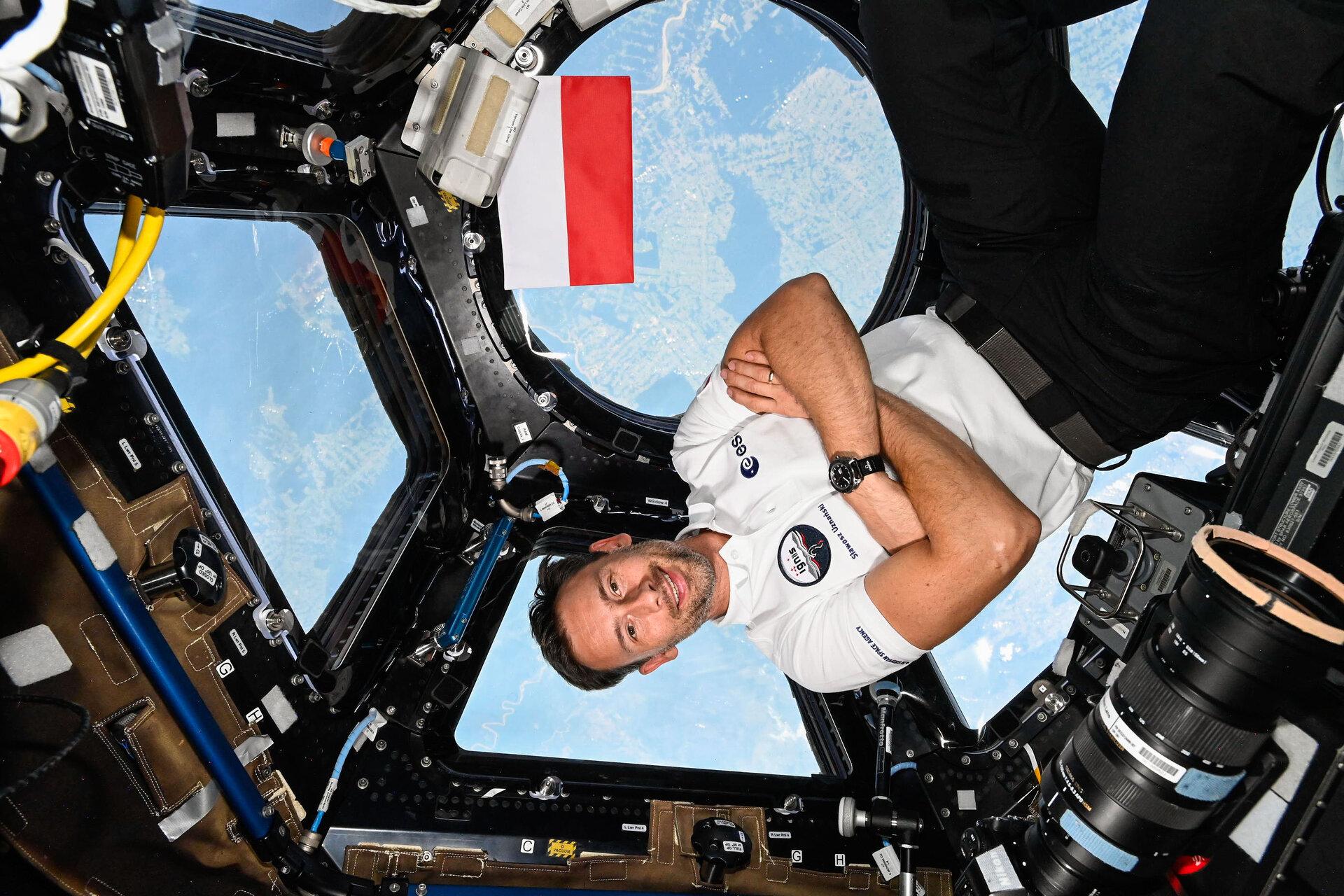On July 15, 2025, the Axiom Mission 4 (Ax-4), which included Polish astronaut Dr. Sławosz Uznański-Wiśniewski, came to a close. After 20 days in space, including nearly three weeks aboard the International Space Station (ISS) devoted to intensive research and scientific work, the crew safely returned to Earth, landing in the Pacific Ocean off the coast of California.
After the landing, Polish President Andrzej Duda expressed his gratitude on behalf of Poland, highlighting the mission as a demonstration of courage, a milestone in Polish science, and a reflection of the spirit that has shaped national aspirations for generations. In a post on the X platform, the President addressed the astronaut directly, writing: “Mr. Sławosz, welcome back to Earth.”
“We watched with deep admiration and pride as you carried out your work aboard the International Space Station, conducting experiments developed by Polish scientists. We are particularly grateful for the educational activities you conducted during the mission. The direct connections from space are an invaluable lesson for young, ambitious Poles—a lesson that will pay off in the future,” the President emphasized.
“The successful mission of Mr. Sławosz Uznański-Wiśniewski is not only a milestone in the history of Polish science—it is also a testament to the courage and spirit that have shaped our national aspirations for generations: ‘Reach where the eye cannot reach, break what reason cannot break,’” President Duda wrote.
Sławosz Uznański-Wiśniewski, a project astronaut with the European Space Agency (ESA), traveled over 13 million kilometers during the mission and completed nearly 230 orbits of the Earth.
The Polish Space Agency (POLSA) confirmed that all of the mission’s primary objectives were fully achieved. The astronaut worked a total of 95 hours in orbit.
The Ax-4 mission was the most research-intensive endeavor ever undertaken by private astronauts. The crew, composed of representatives from the US, India, Hungary, and Poland, conducted over 60 scientific experiments across various fields such as medicine, neuroscience, materials engineering, space agriculture, and technology.
These experiments included research on sleep patterns, brain function and mental health, immune system responses, the human microbiome, as well as testing extremophile organisms such as volcanic algae and cyanobacteria.
The IGNIS mission also had a strong educational and outreach component. Sławosz Uznański-Wiśniewski communicated live with schoolchildren and university students in Warsaw, Wrocław, Rzeszów, and Łódź, answering their questions and sharing insights into daily life in space. He conducted lessons on microgravity, performed experiments designed by Polish students, and explained physical phenomena such as the Magnus effect and Newton’s cradle.
Despite the challenges posed by microgravity, the educational experiments were successfully completed thanks to close cooperation with ground teams.
The return to Earth does not mark the end of the mission. Sławosz Uznański-Wiśniewski, together with scientific teams from Poland and Europe, now enters a phase of analysis, publication of results, and continued work with the data and samples brought back from the ISS. As experts point out, the success of the IGNIS mission may become a driving force for the advancement of Polish science, technology, and participation in future space programs.
Source: ESA








